
Child marriage is any formal marriage or informal union involving a child under the age of 18. Child marriage, or any marriage without the full and free consent on both ends of the marriage, has received international recognition as a violation of children’s rights. Ending child marriages is essential to protect children from violence, death and other challenges.
The marriage of children occurs all over the world, and the reasons differ from culture to culture. It has roots in gender inequality and the belief that girls and women are inferior to boys and men. Child marriage highly affects girls. About one in every five women aged 20 to 24 get married before their 18th birthday, compared to one in every 30 men. A lack of education, poverty, harmful cultural social norms and practices and insecurity have made the problem worse. Luckily, the UN Initiative is working towards ending child marriages.
How Does Child Marriage Cause Harm?
Twelve million girls marry before the age of 18 every year. That averages out to 23 girls every minute. Girls involved in child marriages are more likely to suffer domestic violence, contract HIV/AIDS and have a higher death rate during pregnancy and childbirth. Child marriages also have negative economic impacts, which can lead to intergenerational cycles of poverty.
Girls who are at the greatest risk of marrying early often experience isolation from their family, friends and communities. They are typically poor and live in rural areas.
The UN Initiative and How it is Helping
The 17 Sustainable Development Goals (SDGs) set include global plans for 2030 that aim to protect the environment, tackle poverty and improve lives. UNICEF aims to protect millions of vulnerable girls around the world from child marriage, and hopefully put an end to child marriage by 2030.
When child marriages do not persist, girls are more likely to reach their full potential. Putting a stop to this practice is vital to achieving gender equality, improving maternal and newborn health and improving economic development.
According to UNICEF, tackling this issue requires recognizing factors like poverty and poor access to education and health care. Factors like these enable child marriages; however, the reasons for this practice vary from culture to culture. UNICEF’s plan focuses on 12 countries across Africa, Asia and the Middle East where child marriage rates are high. UNICEF reports that 45% of child brides live in South Asia, while 20% are in sub-Saharan Africa.
The Initiative’s Objective
The initiative’s objective goal is to enlist families, communities, governments and young people to help prevent girls from marrying too young, by empowering girls who are at risk as well as supporting the girls who are already married. The program follows four proven strategies:
- Increasing girls’ access to education
- Educating communities and parents on the dangers of child marriages
- Increasing economic support for families
- Strengthening and enforcing laws that establish the minimum age of marriage as 18 years old
Over the last decade, there has been a global drop in the number of child marriages, showing that ending child marriages is possible. In 2006, one in four women aged 20 to 24 was married as a child, in contrast to today’s number, which has fallen to one in every five women.
Ending child marriages around the world will not only save many young girls’ lives, but will also help the economy and promote gender equality.
– Paige Falk
Photo: Flickr
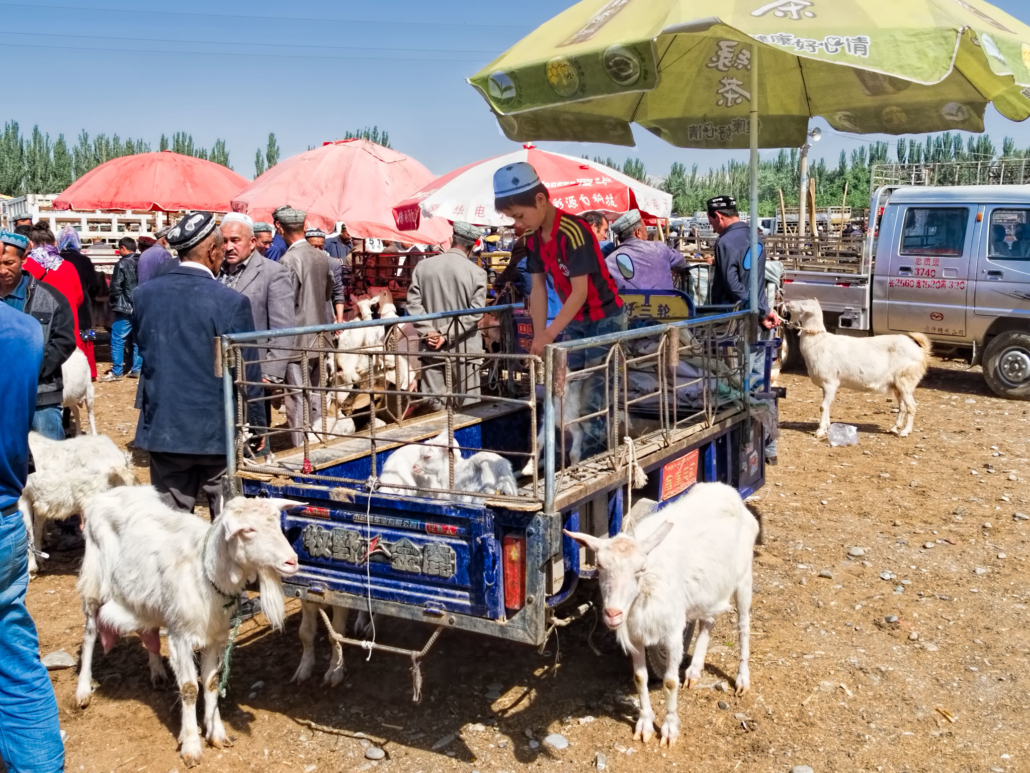 Children growing up in poverty face a range of challenges that affect their lives in significant ways. These challenges include problems like not having enough food, access to clean water, legal citizenship, chronic illnesses and exposure to violence. Although Kazakhstan, a relatively affluent country in Central Asia due to post-Soviet economic growth and social development, has made remarkable progress in
Children growing up in poverty face a range of challenges that affect their lives in significant ways. These challenges include problems like not having enough food, access to clean water, legal citizenship, chronic illnesses and exposure to violence. Although Kazakhstan, a relatively affluent country in Central Asia due to post-Soviet economic growth and social development, has made remarkable progress in 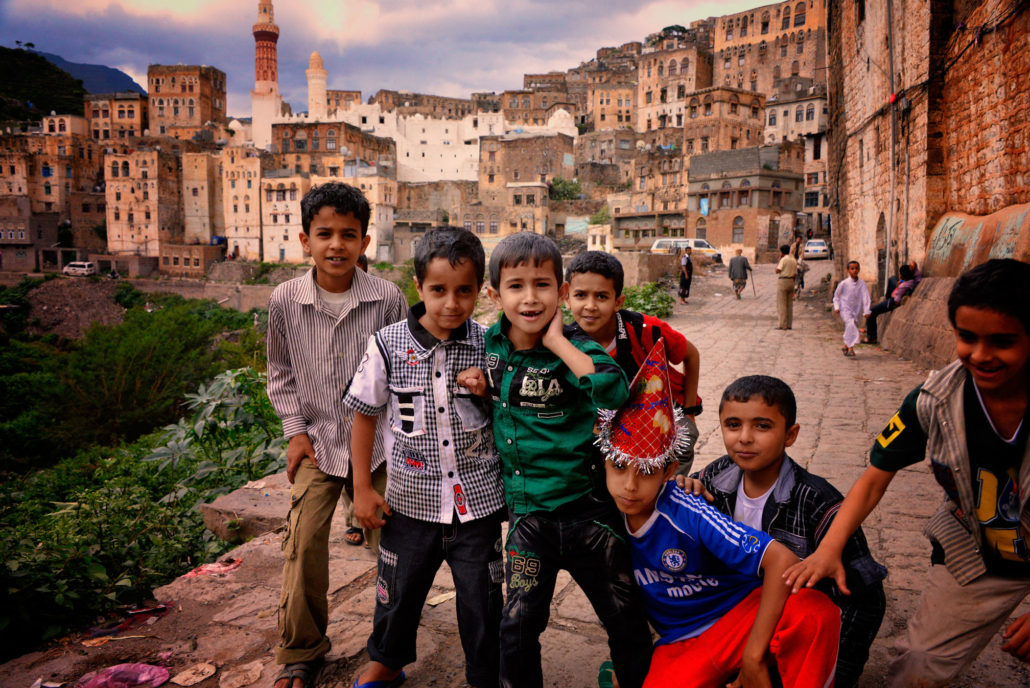
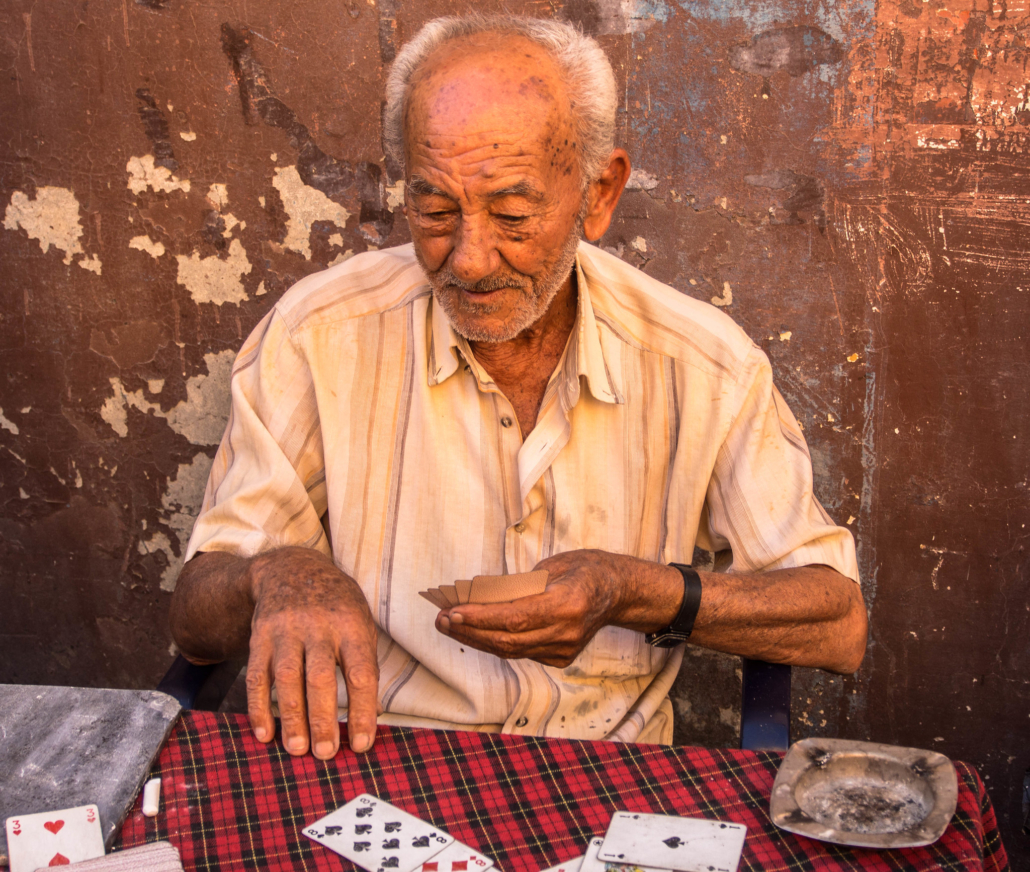
 It is quite common when thinking about the countries in Asia to immediately think about the ones that are often in the news, such as China, India and Japan. Thus, some other countries and the challenges that they face are often overlooked, especially by people living on the other side of the world. The nation of Bhutan is an excellent example of this phenomenon.
It is quite common when thinking about the countries in Asia to immediately think about the ones that are often in the news, such as China, India and Japan. Thus, some other countries and the challenges that they face are often overlooked, especially by people living on the other side of the world. The nation of Bhutan is an excellent example of this phenomenon. 

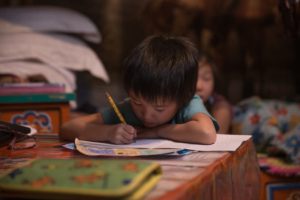 In Bhutan, 25% of children from the ages of 10 to 17, and 20.7% of children of all ages live in poverty. Though Bhutan has made great strides to help end poverty, 39.50% of the total population still lives on less than $5.50 a day. Children living in poverty often have large families, lack access to education and participate in child labor.
In Bhutan, 25% of children from the ages of 10 to 17, and 20.7% of children of all ages live in poverty. Though Bhutan has made great strides to help end poverty, 39.50% of the total population still lives on less than $5.50 a day. Children living in poverty often have large families, lack access to education and participate in child labor. 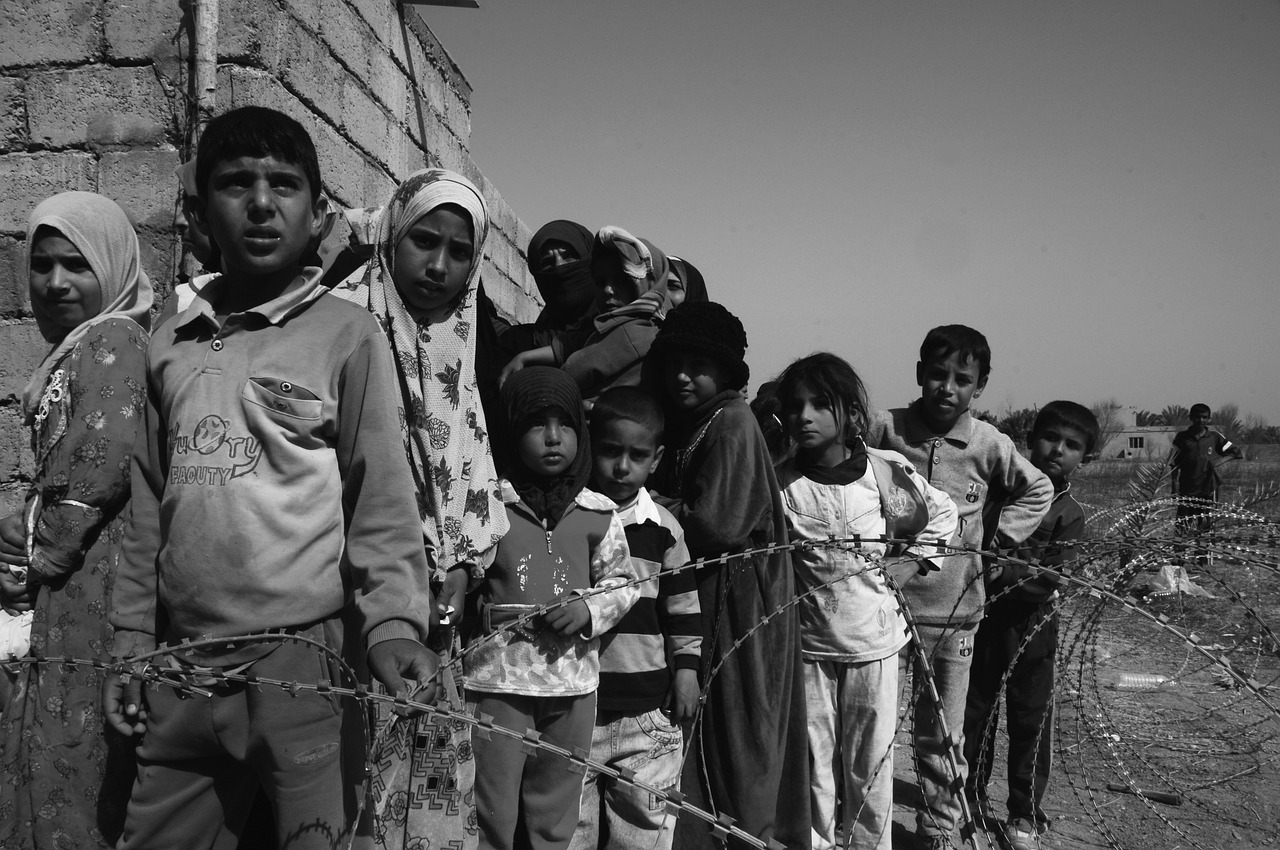 Iraq is a nation tarnished by on-and-off wars for the last 30 years. International sanctions and conflict have led to millions suffering due to these wars,
Iraq is a nation tarnished by on-and-off wars for the last 30 years. International sanctions and conflict have led to millions suffering due to these wars, 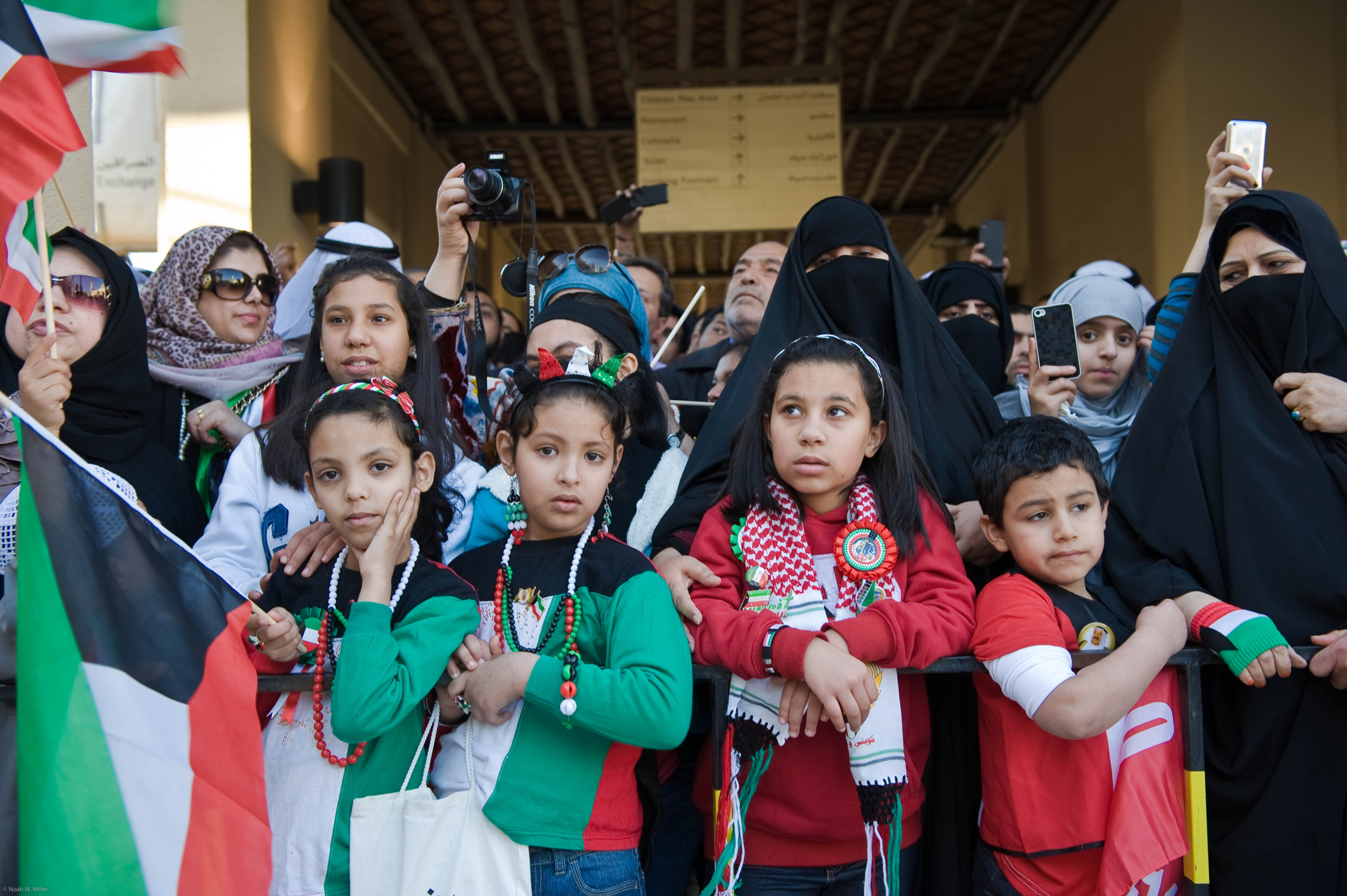 Kuwait is known for its wealth, hovering around the top five wealthiest countries. Kuwait’s geographic location and access to oil reserves have boasted Kuwait to be one of
Kuwait is known for its wealth, hovering around the top five wealthiest countries. Kuwait’s geographic location and access to oil reserves have boasted Kuwait to be one of 